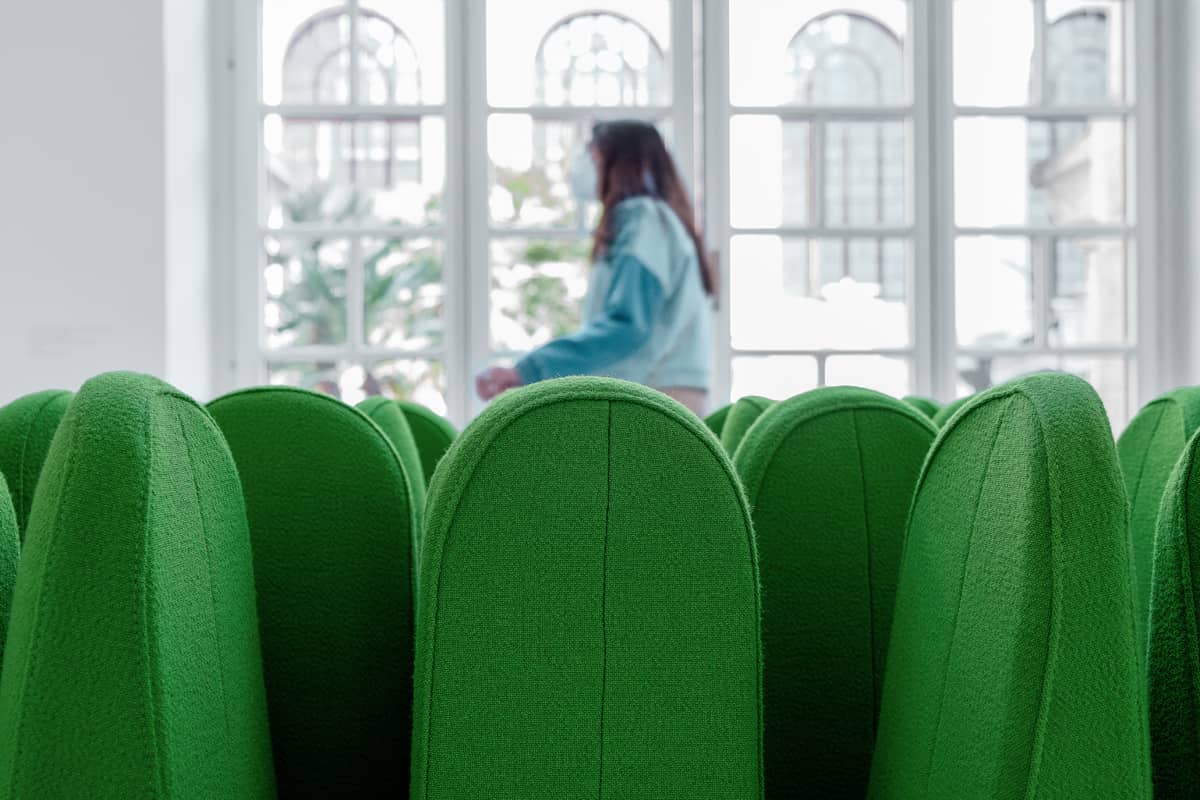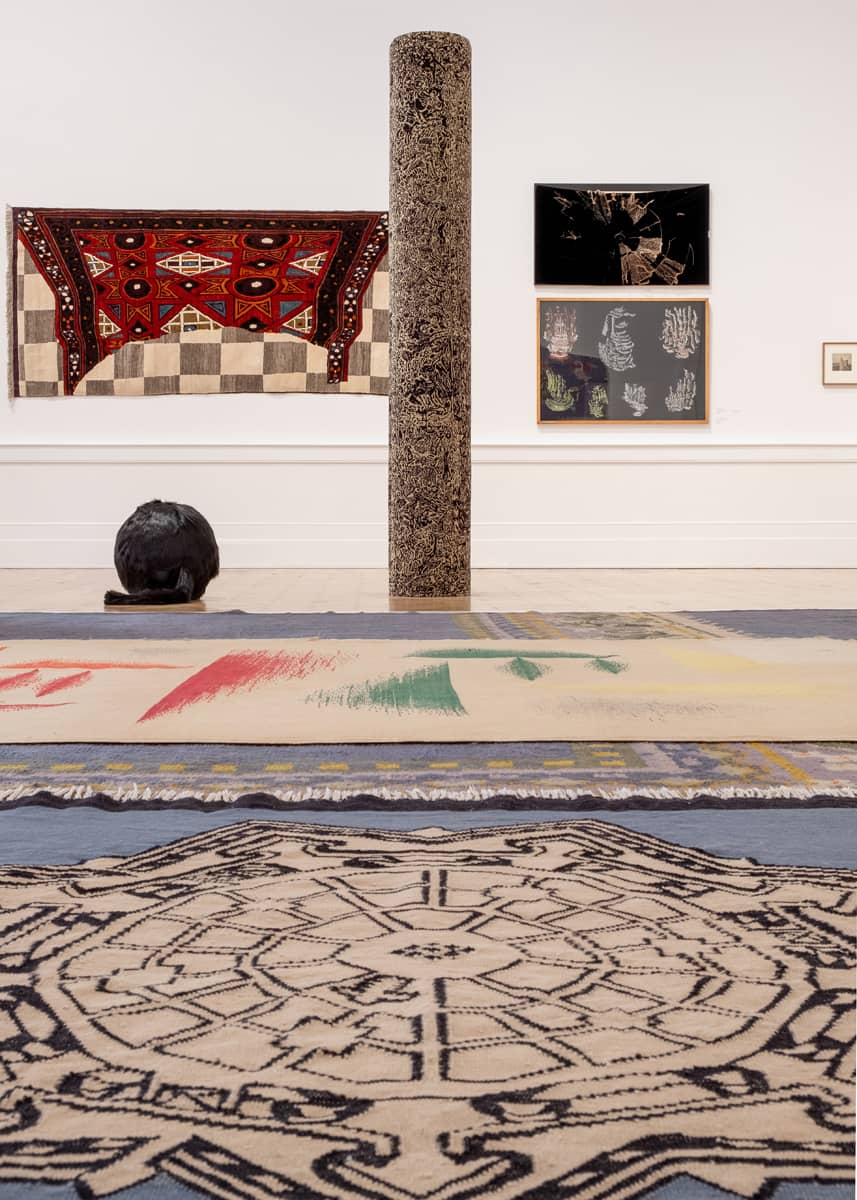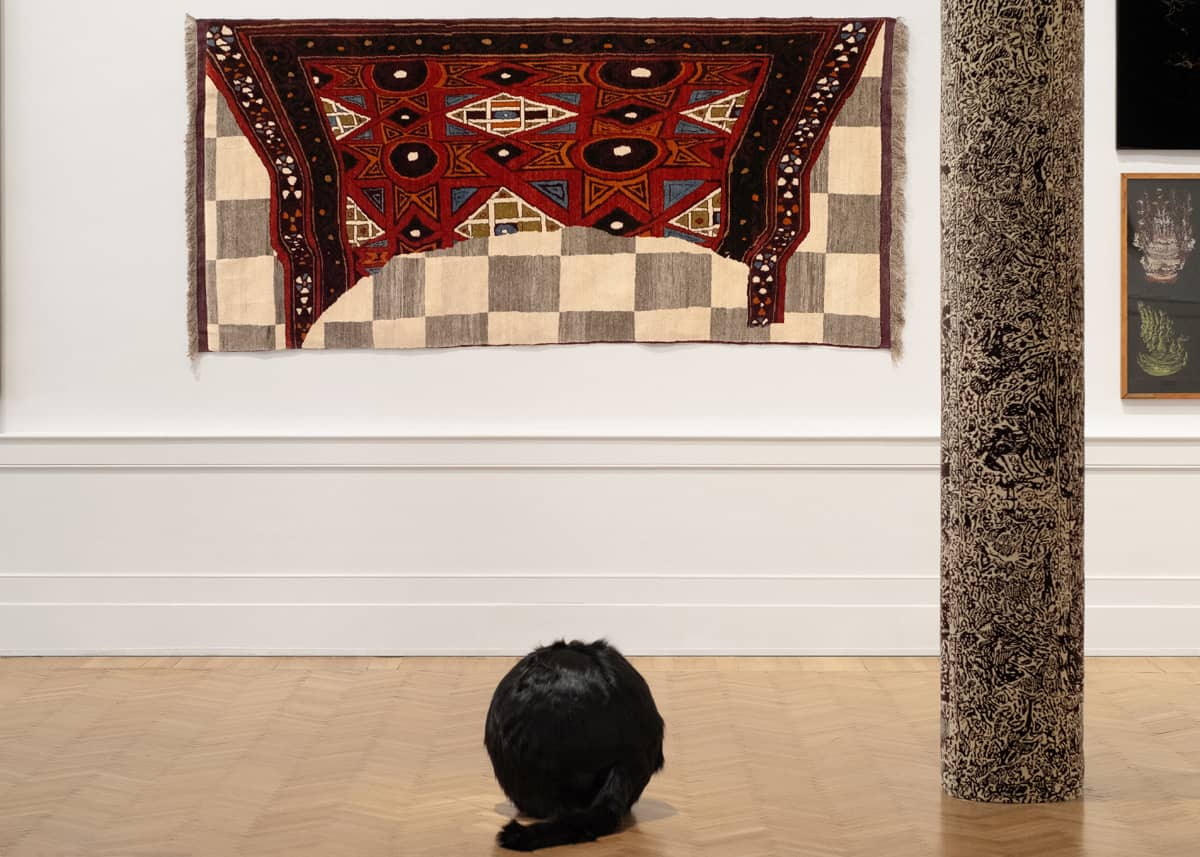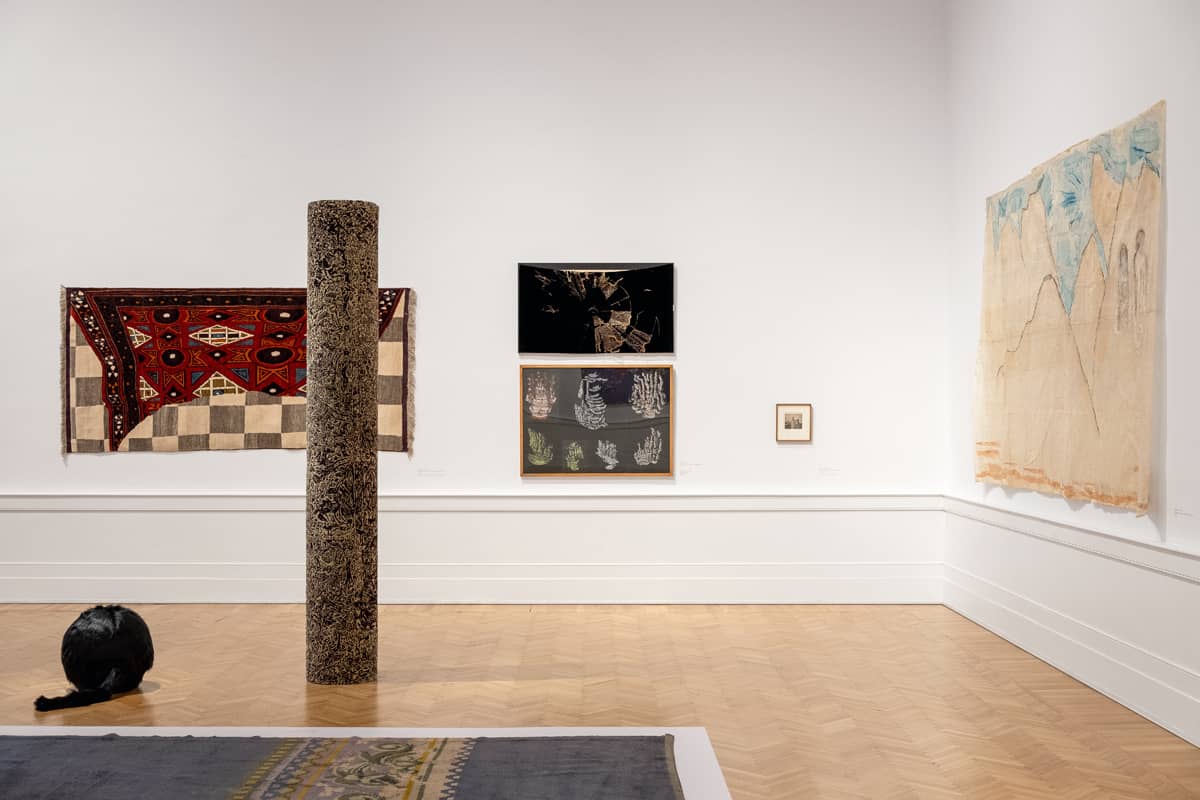
Intertwingled - GNAMC, Roma, Italy, 2022

Intertwingled - GNAMC, Roma, Italy, 2022

Intertwingled - GNAMC, Roma, Italy, 2022

Intertwingled - GNAMC, Roma, Italy, 2022

Intertwingled - GNAMC, Roma, Italy, 2022

Intertwingled - GNAMC, Roma, Italy, 2022

Intertwingled - GNAMC, Roma, Italy, 2022